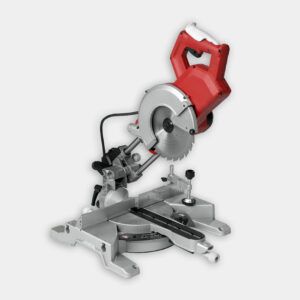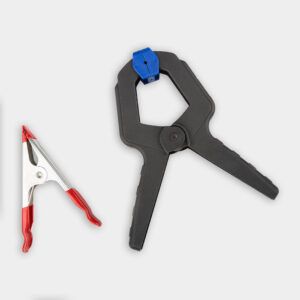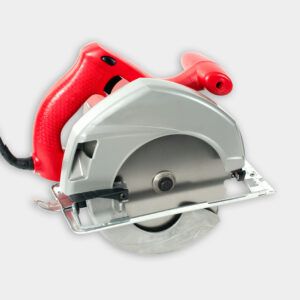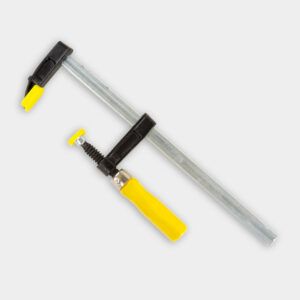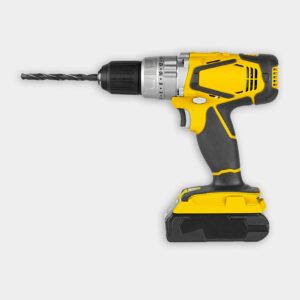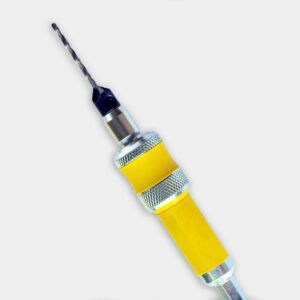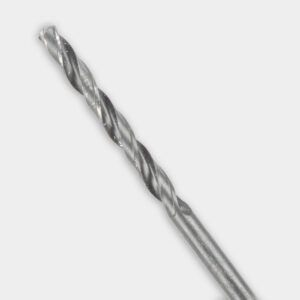We may be compensated if you purchase through links on our website. Our team is committed to delivering honest, objective, and independent reviews on home products and services.
Project details
Skill
Cost
Estimated Time
A cedar compost bench is a clever decoration for gardeners who want to combine a good place to rest with a handy compost bin. This dual-purpose piece not only provides a comfortable seating area but also serves as an efficient way to make garden fertilizer.
Inspired by the benches at the Brooklyn Botanic Garden, this open-bottomed design allows the compost to have direct ground contact, promoting faster decomposition. The rot-resistant cedar boards, spaced for optimal air circulation, ensure longevity and effectiveness. Let’s explore how you can build this practical and attractive addition to your garden.
Overview of How to Build a Compost Bench
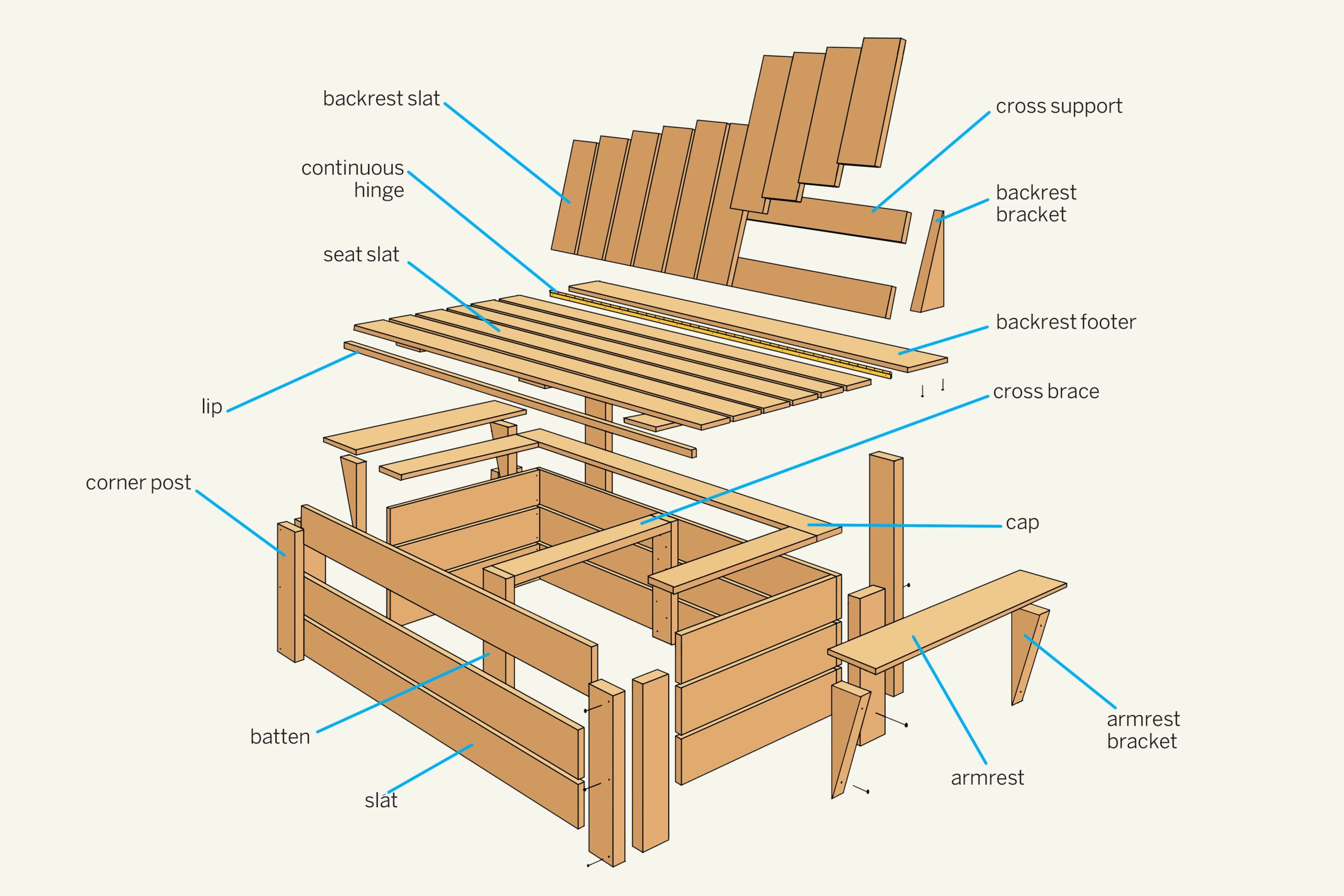
Building a cedar compost bench is a rewarding project that can be completed over a weekend. This guide will walk you through the process step-by-step, showing you how to create a sturdy and functional piece for your garden. Before we dive into the construction, let’s address some common questions about compost bins.
Cedar wood is an excellent choice for a compost bin due to its natural resistance to rot and insects. It’s durable, attractive, and can withstand the moisture and heat generated during the composting process. While you can build a compost bin out of various materials, cedar’s longevity makes it a top choice for this project.
To build a rodent-proof compost bin, it’s essential to use hardware cloth or wire mesh on the bottom and sides of the bin. However, our open-bottom design allows for better soil contact, so you may need to take additional precautions if rodents are a concern in your area.
Timeline
- Day 1: Build the base and seat (Steps 2-10).
- Day 2: Make and install the backrest and arms (Steps 11-18).
Steps for Making a DIY Compost Bench
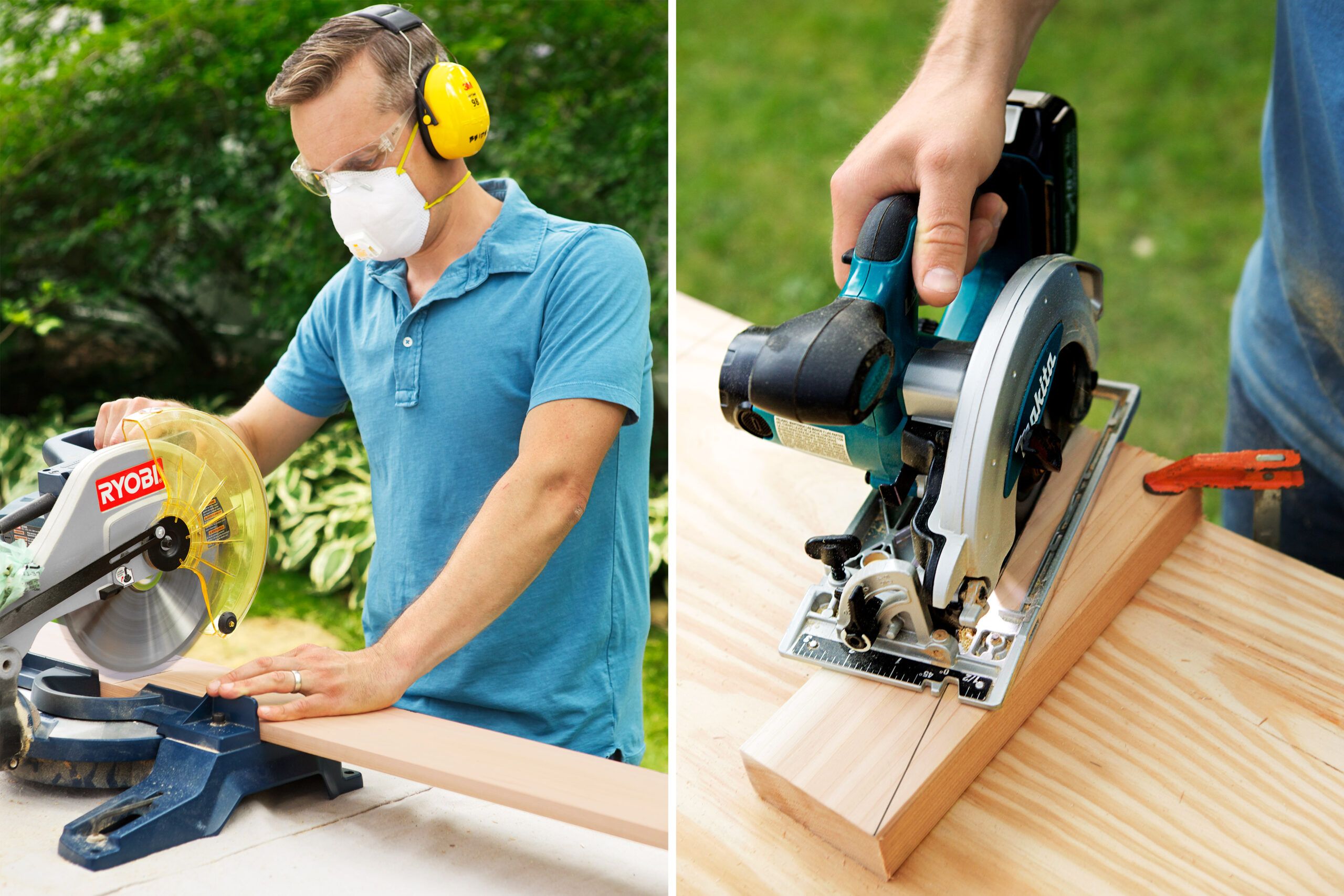
Step 1: Make the right-angle cuts
Using your miter saw, make straight cuts for all parts according to the cut list. Measure each piece twice, and mark each cut so they’re precise. It’s helpful to label each piece as you cut to stay organized throughout the project.
Step 2: Make the angled cuts
Follow these steps to make stable angle brackets:
- Take the four blanks for the angled brackets, which are sized to yield two pieces each when cut diagonally.
- Secure one corner of a blank to your work surface with a clamp.
- Draw a diagonal line from corner to corner.
- Set your circular saw blade to a depth of 1⅝ inches.
- Make the crosscut along the line to create two angled pieces.
- Repeat this process for the remaining three blanks.
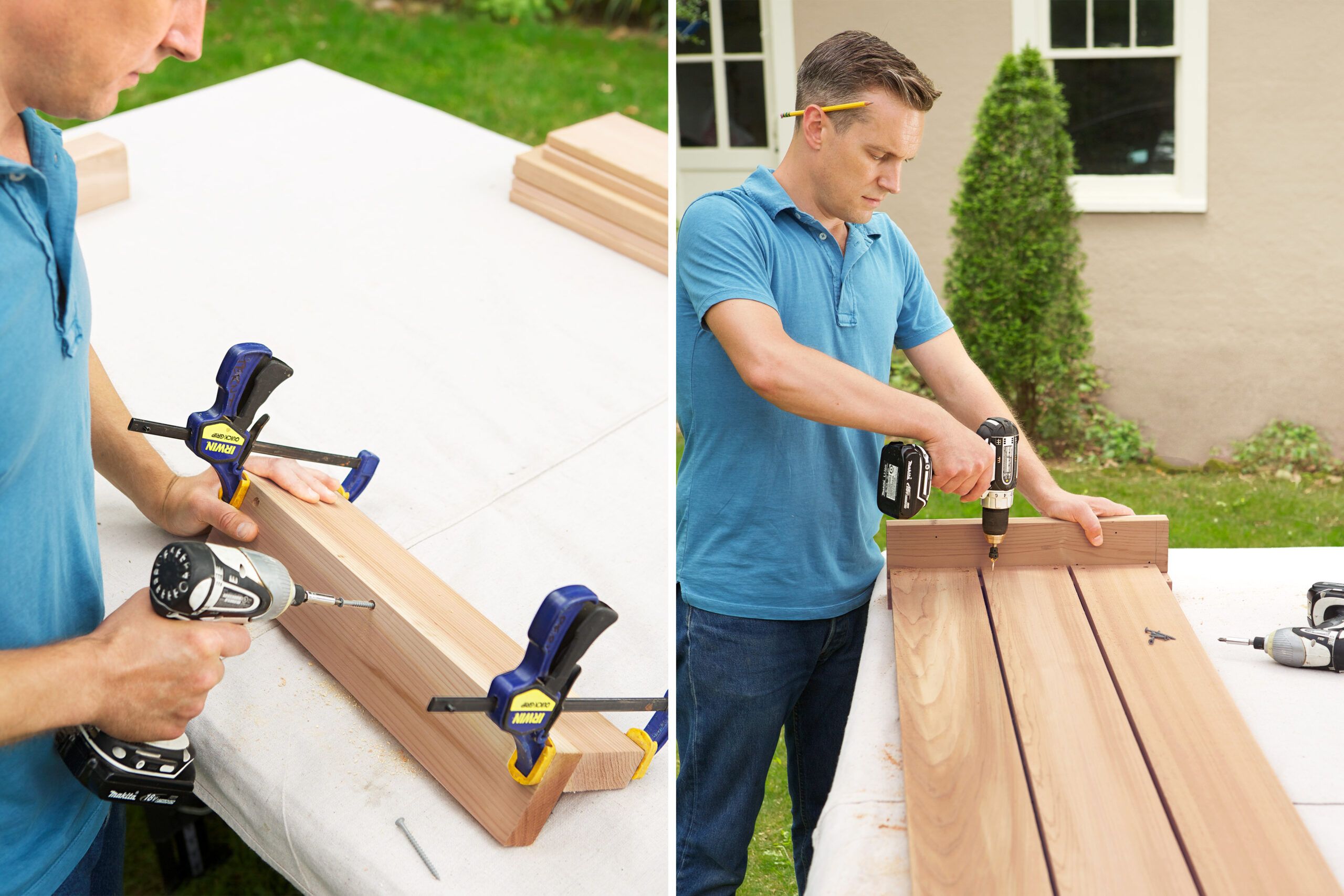
Step 3: Make the corner posts for the base panels
Here’s how to make sturdy corner posts for your bench:
- Clamp two 2×4 pieces for a front corner post together in an L-shape, with edges meeting at a right angle.
- Use a combination countersink bit to drill three pilot holes through the face and into the edge.
- Secure the pieces with 2½-inch deck screws.
- Repeat to make the other front corner post.
- For rear corner posts, butt the edge of a short 2×4 into the face of the long piece intended for the backrest.
Step 4: Assemble the front panel
Assembling the front panel sets the foundation for your compost bench. Follow these steps carefully:
- Lay the front corner posts on your work surface with the edge-to-face seam facing outward.
- Place three base slats between the posts.
- Use a piece of 1x scrap to set the top slat ¾ inch down from the post tops, leaving room for the cap piece.
- Use ⅜-inch spacers to set consistent distances between the slats.
- Countersink two pilot holes through each slat and into the posts, at least ½ inch from the slat ends.
- Secure the slats with 1¼-inch deck screws.
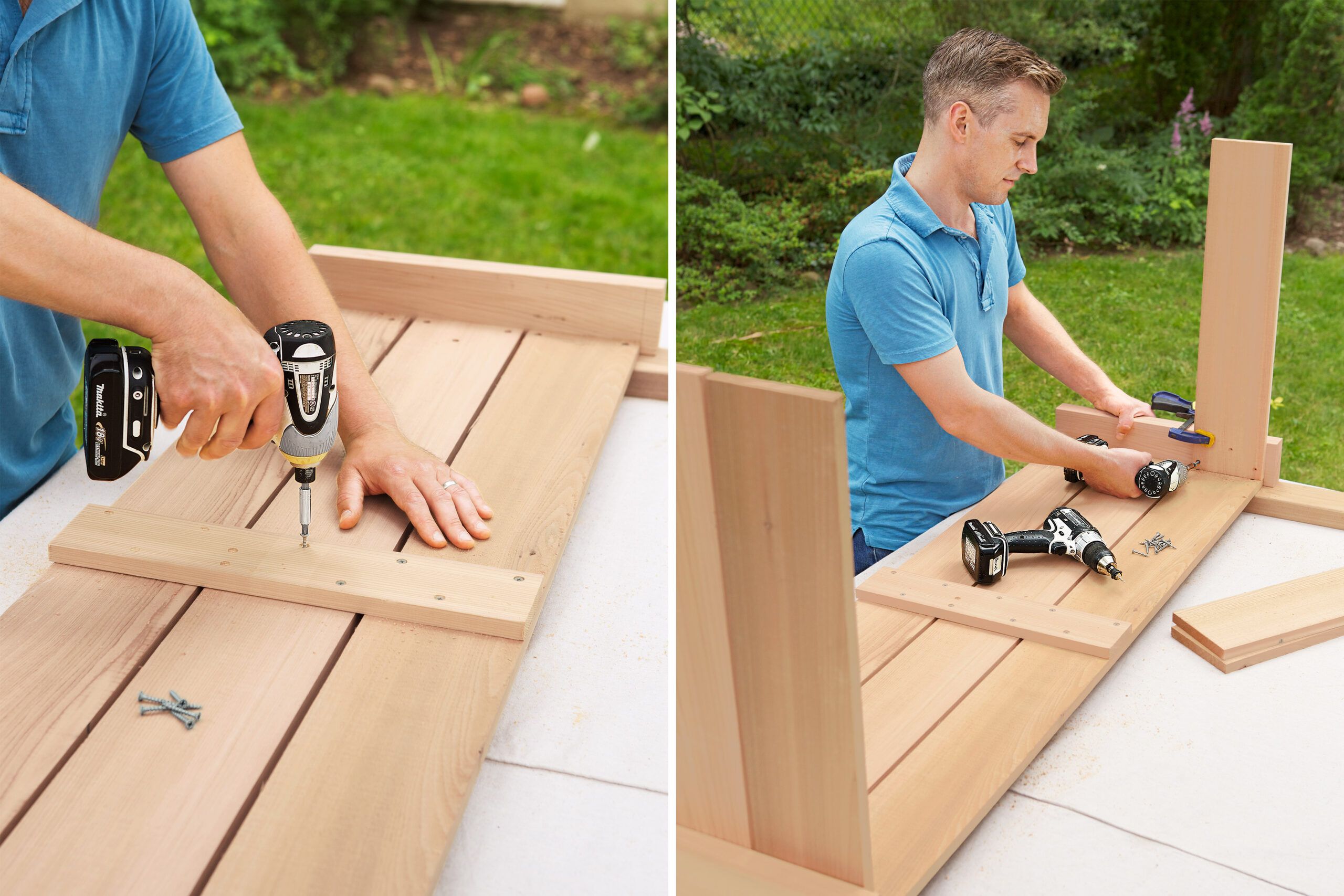
Step 5: Attach the batten
The batten adds structural support to your compost bench. Here’s how to attach it:
- Position a batten across the center of the slats.
- Countersink three pilot holes in a triangular pattern through the batten into each slat.
- Secure the batten to the slats with 1¼-inch deck screws.
- Repeat this process to build the back panel, maintaining the ¾-inch space for the cap.
- Consistency in spacing creates a uniform look and optimal air circulation.
Step 6: Attach the side slats to assemble the base
Attaching the side slats completes the base structure of your compost bench. Follow these steps:
- Start with the back panel on your work surface.
- Clamp a side slat against a post, aligning it with the abutting slat.
- Maintain the ¾-inch setback from the post top.
- Countersink three pilot holes through the short slat into the post.
- Secure with three 1¼-inch deck screws in a triangular pattern.
- Repeat this process for the remaining five side slats, using spacers to maintain consistent gaps.
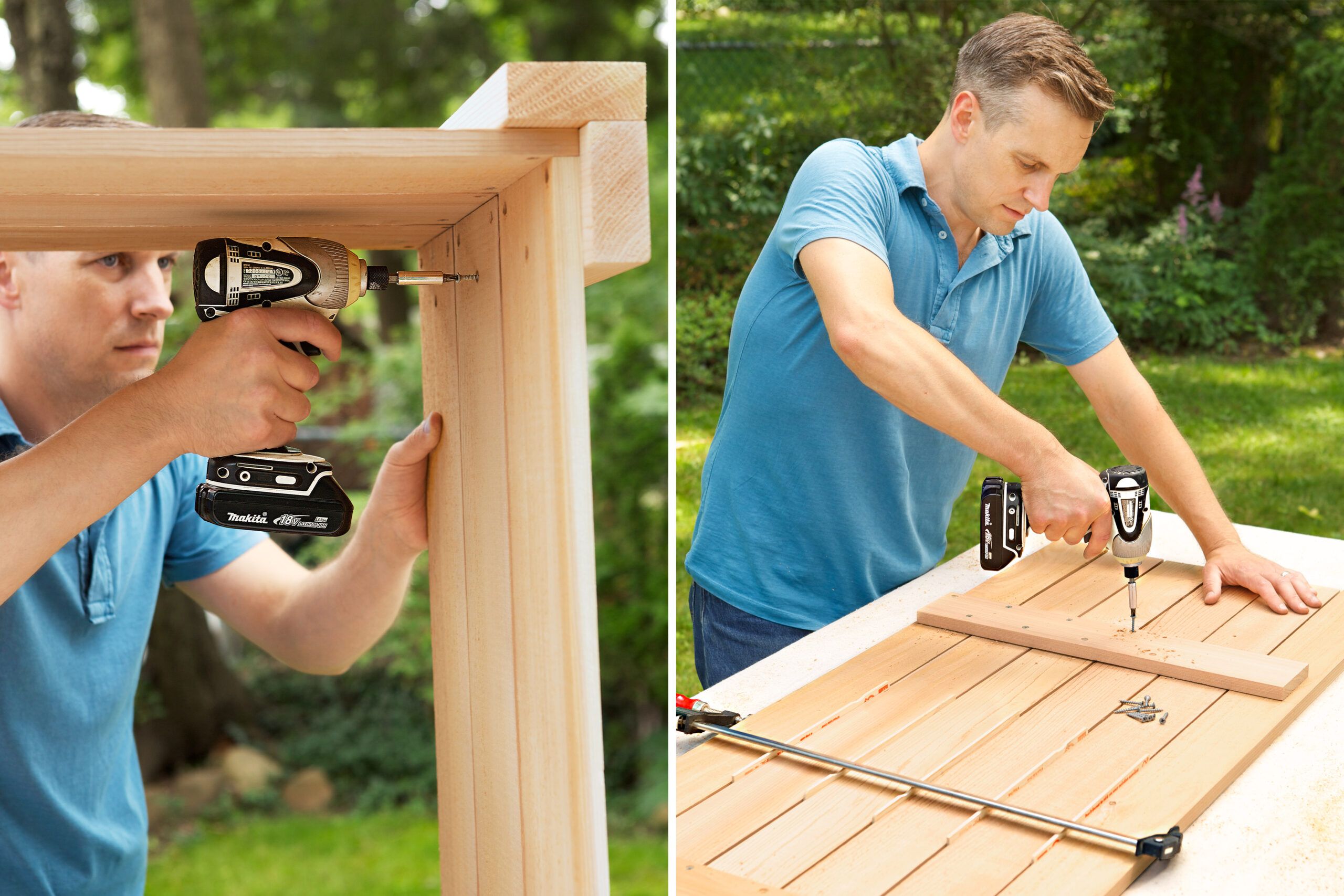
Step 7: Add the front panel to the base
Complete the base assembly by adding the front panel:
- Carefully position the front panel on top of the side slats.
- Countersink pilot holes through the slats into the posts.
- Secure the pieces with 1¼-inch deck screws.
- Double-check that all connections are tight and secure.
Step 8: Assemble the seat slats
Here’s how to add the seating section:
- Lay out the seat slats with ⅜-inch spacers between them.
- Clamp the slats together to keep them aligned.
- Arrange three battens: one in the center and the others 12 inches to either side.
- Set all battens back ¾ inch from the seat’s front edge.
- Countersink pilot holes through the battens and into the slats.
- Secure with 1¼-inch deck screws.
Tip: To enhance the longevity of your cedar compost bench, consider applying a transparent weather-proofing sealer. This extra step can protect the wood from moisture and UV damage, extending the life of your bench.

Step 9: Attach the cross brace
The cross brace adds stability to your compost bench. Here’s how to attach it:
- Clamp the 2×4 cross brace between the tops of the center battens.
- Countersink pilot holes through the face of the top slat into the end grain of the cross brace at both ends.
- Secure with 2½-inch deck screws.
- Set the base upright and position the three cap pieces along the back edge and two sides.
- Countersink pilot holes and secure with 1¼-inch deck screws.
- Ensure all pieces are tightly secured for stability.
Step 10: Attach the backrest brackets
The backrest brackets provide support for the bench’s back. Follow these steps:
- Clamp the 1×6 footer for the backrest on the edge to your work surface.
- Set three backrest brackets in place along the footer.
- Countersink two pilot holes through the underside face of the footer and into the end grain of each bracket.
- Secure each bracket with two 2½-inch deck screws.
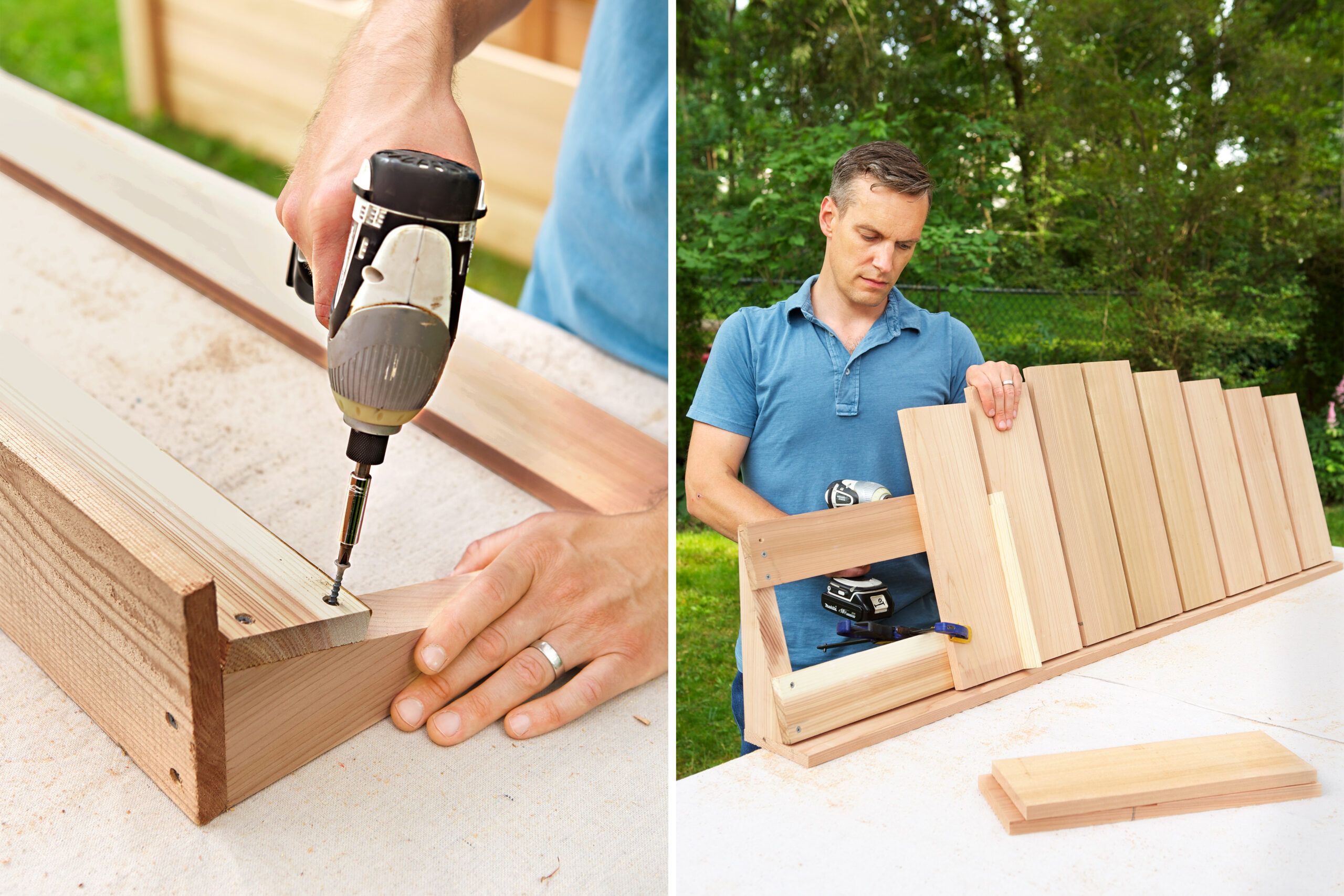
Step 11: Attach the cross supports
Adding cross supports improves the stability of your backrest. Here’s how to attach them:
- Place the two horizontal cross supports on the cut edges of the backrest brackets, top and bottom.
- Countersink pilot holes through the supports into the brackets.
- Secure with 1¼-inch deck screws.
Step 12: Install the slats
Follow these steps to install the backrest slats:
- Set the slats for the backrest on the horizontal supports.
- Use spacers to set the pieces ½ inch apart and ¼ inch from the ends.
- Countersink pilot holes from the back of the assembly into the slats.
- Secure with 1¼-inch deck screws.
- This completes the backrest assembly, providing support and comfort.
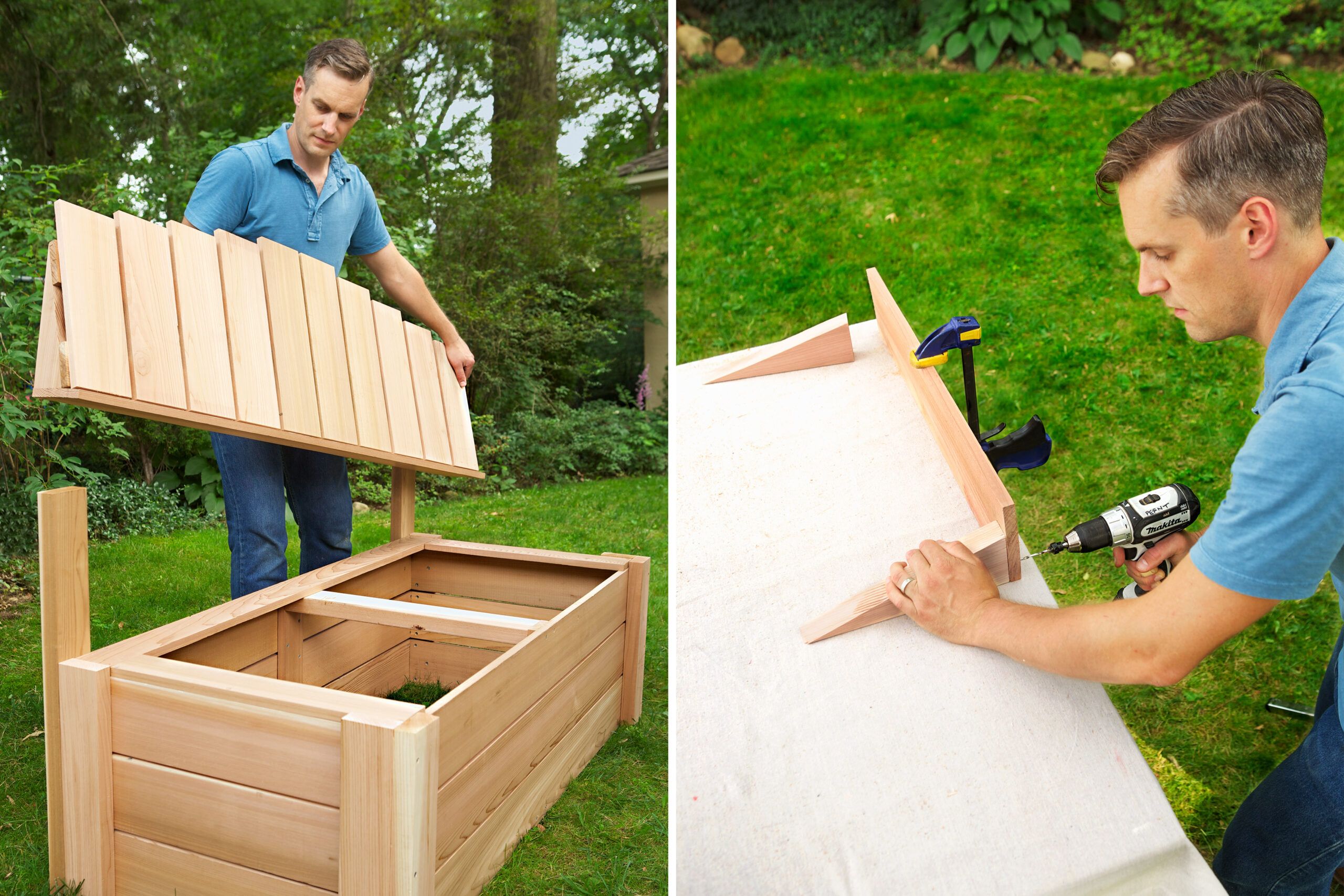
Step 13: Attach the backrest
Attaching the backrest brings your compost bench closer to completion:
- Align the backrest assembly on top of the rear cap and post tops.
- Countersink pilot holes through the back of the 2×4 posts into the back of the angled brackets.
- Secure the assembly with 2½-inch deck screws.
- Use 1¼-inch deck screws to secure the footer to the cap from behind.
Step 14: Make the armrests
Armrests add a layer of comfort to your compost bench. Here’s how to make them:
- Clamp an armrest board on the edge to your work surface.
- Countersink pilot holes through the armrest and into the brackets.
- Secure the pieces with two screws per bracket: one 2½ inches, the other 1¼ inches.
- Repeat the process for the other armrest.
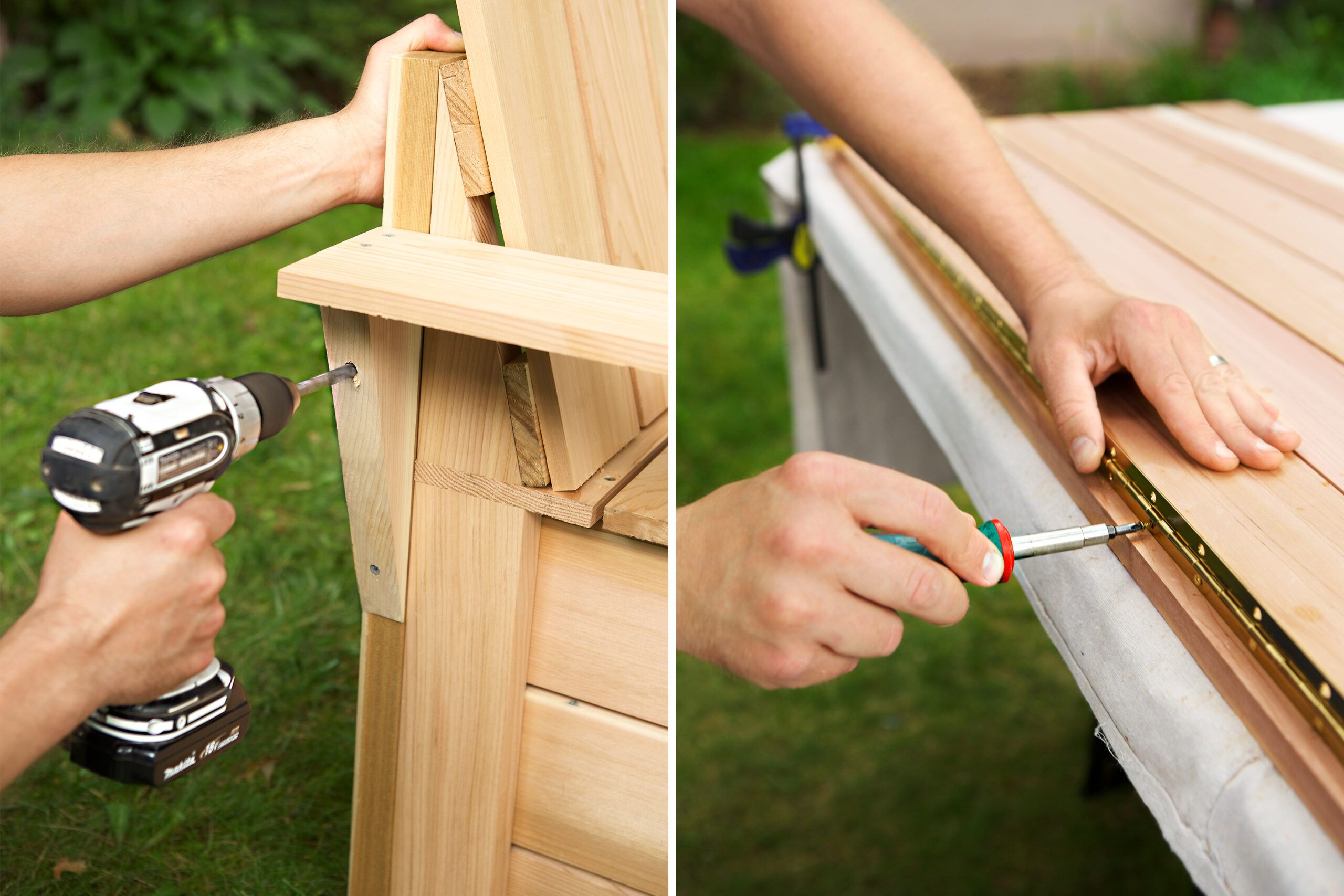
Step 15: Attach the armrests
Here’s how to attach your new armrests:
- Clamp the top of the armrest assembly about 6 inches above the seat.
- Use the combo countersink bit to drill two pilot holes, bottoming it out at the top location.
- Secure the bracket to the corner post with a 2½-inch screw at the top location and a 1¼-inch deck screw at the bottom location.
- Repeat the process on the other bracket.
- Install the other armrest following the same procedure.
Step 16: Secure the hinge
The hinge allows easy access to your compost. Here’s how to install it:
- Set the bench seat faceup on a 1x spacer that runs its full length.
- Position the open hinge against the seat’s back edge, with the barrel facing forward.
- Mark the holes with a pencil.
- Remove the hinge and use a 1/16-inch bit to make pilot holes along the edge.
- Use a screwdriver to secure the hinge to the seat with the included screws.
- Set the seat in a raised position with the hinge leaf against the edge of the backrest footer.
- Make pilot holes and attach the hinge leaf.
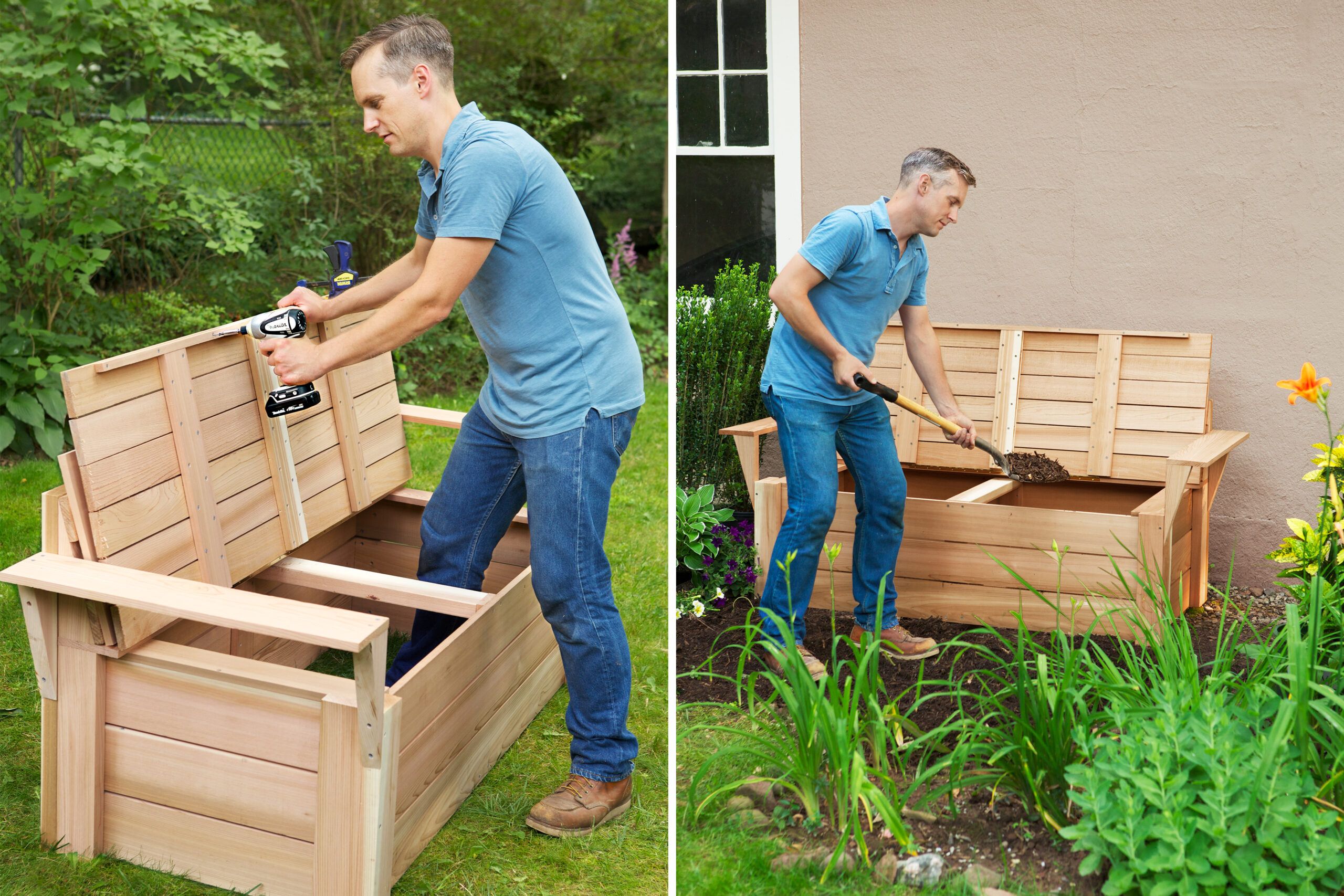
Step 17: Install the seat lip
The seat lip provides a finished look and helps keep the seat in place:
- Open the seat and center the 1×1 lip into the gap in front of the seat battens.
- Countersink eight pilot holes through the edge of the cleat into the seat slat.
- Secure the cleat with 1¼-inch deck screws.
- Set the bench in place and add some yard waste to start the composting process.
- The seat lip ensures the seat remains securely in place.
Step 18: Keep it fresh
Maintaining your compost keeps pesky pests at bay and to prevent odors:
- Turn the compost regularly to aerate it and speed up decomposition.
- Avoid adding meat and dairy scraps to prevent unpleasant smells and pests.
- Balance “green” (nitrogen-rich) and “brown” (carbon-rich) materials for optimal composting.
- Monitor moisture levels, keeping the compost damp but not waterlogged.
- Regular maintenance ensures effective and odor-free composting.
Our Conclusion
This dual-purpose piece not only provides a comfortable seating area but also helps you manage your garden waste efficiently. By following these steps and maintaining your compost regularly, you’ll enjoy the benefits of this eco-friendly addition to your outdoor space.
